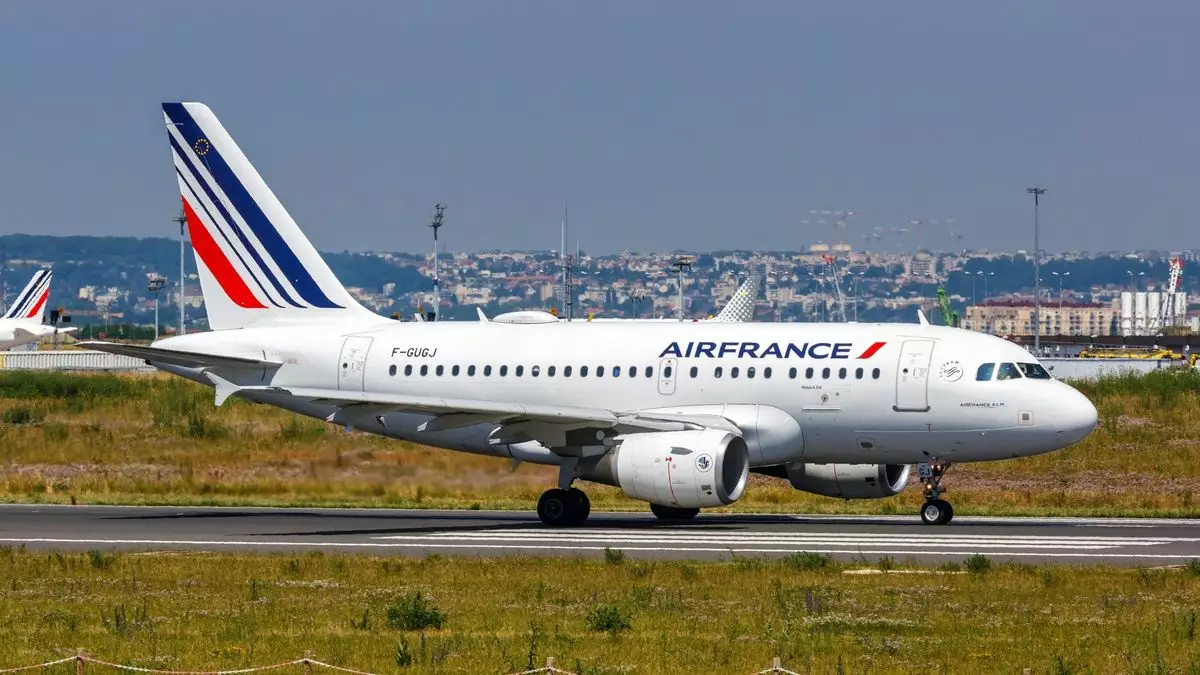The airline industry has long been a battleground for loyalty programs, with countless carriers vying for the attention of travelers. Recently, Point.me released a ranking that crowned Air France-KLM’s Flying Blue as the premier airline loyalty program. This ranking is significant, especially amidst increasing competition from other programs like Air Canada Aeroplan and United MileagePlus, which followed closely in second and third place, respectively.
Understanding the criteria used in these rankings provides insights into what makes a loyalty program effective. Point.me evaluated programs from a whopping 62 airlines, using a blend of nine quantitative and qualitative metrics. Among these, key attributes included ease of earning miles (weighted at 25%), redemption rates (20%), availability on partner airlines (15%), and ease of booking (12.5%). The meticulous assessment reveals a holistic approach to evaluating programs, ensuring that both regular travelers and those who fly occasionally are considered in the rankings.
Air France-KLM’s success in the rankings was no coincidence. They scored exceptionally well across multiple categories, which highlights their commitment to providing value to their members. The program’s attractive redemption rates and extensive partnerships allow members not only to accumulate points easily but also to utilize them flexibly across a variety of airlines and services. By dominating Point.me’s 100-point scale, Flying Blue showcased the importance of a well-rounded loyalty program that prioritizes user experience.
While Air France-KLM led the pack, Air Canada and United MileagePlus showcased their unique strengths as well. Air Canada, praised for high partner airline availability, stands out due to its acceptance of point transfers from major credit card companies like American Express and Chase. This flexibility significantly enhances the program’s appeal, allowing users to efficiently pool points for maximum benefit.
Conversely, United MileagePlus caters to the less-frequent flyer, making it particularly attractive for occasional travelers. The program’s dynamic pricing model ensures that redemption rates remain reasonable, while also offering plentiful available seats, enhancing accessibility.
Within the U.S. airline loyalty landscape, several programs exhibited commendable rankings. Notables such as American AAdvantage, Alaska Mileage Plan, and JetBlue TrueBlue made the top ten, signaling a robust competition. However, Delta’s relatively lower ranking attracted attention. The reasons for its position are tied to high redemption costs, which have been a hindrance for many users. This criticism amplifies the debate about the balance airlines must strike between operational focus and customer satisfaction.
Final Thoughts: Maximizing Rewards in a Complex Landscape
As the loyalty landscape continues to evolve, insights from rankings like those of Point.me are invaluable. Travelers seeking to maximize their benefits should consider credit cards that allow point transfers to various airlines, such as Bilt Rewards and Chase Ultimate Rewards. As the market grows increasingly complex, understanding each program’s nuances becomes crucial for achieving the best travel rewards possible. The journey of maximizing loyalty programs is not solely about flying frequently – it’s about making informed decisions every step of the way.

